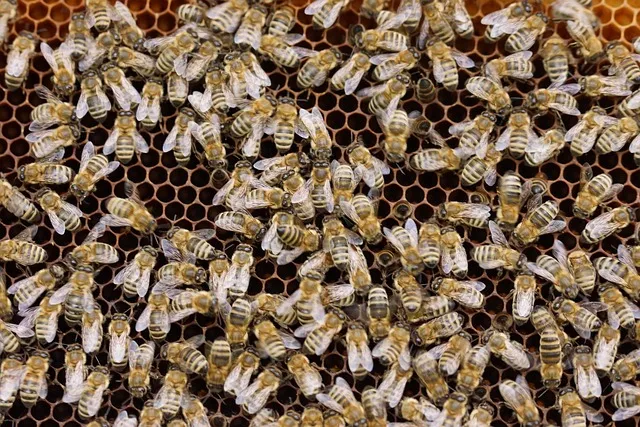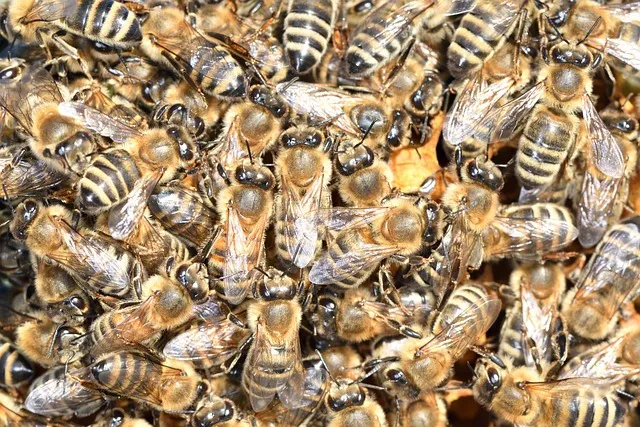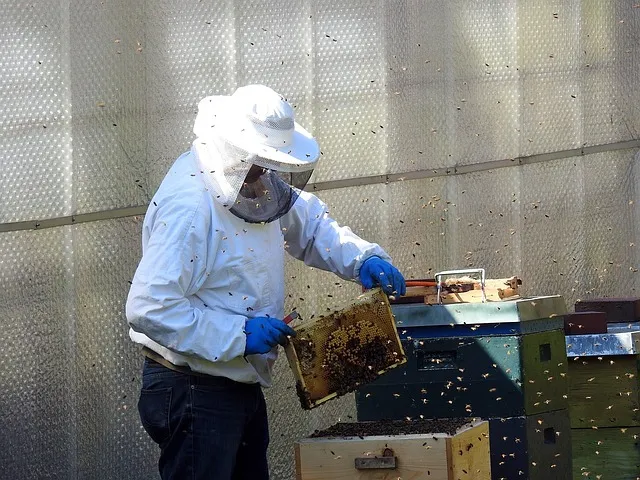What do bees do with dead bees in the hive?
Honey bees die every day. The lifespan of worker bees is about six weeks, and being in thousands, it is normal for them to die daily. The queen lays thousands of eggs daily in the peak seasons to replace the dead ones. The drones have an average lifespan of 55 days. Those who are lucky to mate with the queen die after copulation. The workers evict those who see the end of fall from the hive. Only the queen is lucky enough to leave year after year. Some can live up to 5 years.
Similar Articles you may like to read –
Varroa Mite Treatment for Honey bees
Do bees leave the hive if the queen dies?
Why do beekeepers remove the queen?
Will bees clean mold off frames?
What do bees do with dead bees in the hive?
Honeybees usually pick up the dead bees from the hive and drag them out. They also do the same to the diseased ones. By doing so, they protect the colony from infection. The infection spreads first, especially in densely populated hives. The worker bees that perform the role of removing carcasses from the hive are known as undertaker bees. These comprise one or two percent of bees in the entire colony at any time. Sometimes they may fly them to a distance of about 5 to 100 yards or more away from the beehive before dropping them to the ground. They recognize dead nest mates through chemical odors. Dead bees are eaten by scavenger insects like ants. In cold and rainy seasons, the corpses are removed more slowly than in warm, sunny seasons. During winter, dead bees may accumulate in large numbers inside the colony. They are removed in spring.
What happens to a dead brood?
Honeybees can detect infected or dead brood from the cells. They remove these outside the nest to prevent infection from spreading to the colony. Colonies and bee stocks with efficient, hygienic behaviors are more resistant to diseases and pests.
Is it normal to find dead bees in the hive in winter?
Given their short lifespans, dead bees die daily, irrespective of the colony’s health. In summer and spring, most foragers die in the field as they seek food resources. Surprisingly, the dead numbers may be up to 1000 daily. A beekeeper doesn’t realize this since they are being replaced daily by new adults. And since they die in the field, you will not find their dead bodies littering the ground.
The case is different in winter. The worker bees die daily, and since there are confined in the hive, you can see them. From a population of about 50,000 bees at the onset of winter, you may find a population of about 20,000 at the end of the season. The drop in numbers is because there is no brood rearing in winter. Her majesty the queen does not lay eggs. In this cold season, the undertaker bees pile the corpses at the hive’s entrance. Don’t get alarmed if you open the hive and find piles of dead bees at the entrance.
More articles you may like to read –
Is beekeeping expensive to start? / cost to start beekeeping
What is the best bee hive design?
Which direction should beehives face?
Do you need a Licence to keep bees?
Why do bees die in unusually large numbers?
Nothing is more disheartening than finding a pile of dead bees in front of the hive as a beekeeper. Honey bees may die in large numbers due to illness, predators, pesticides, and weather. Some of the diseases include nosema and Varroa mites. If pesticides are used near the bee colony, it will lead to the illness and death of many bees. Predators include yellow jackets, wasps, ants, skunks, rats, mice, and bears. Large predators like bears may require a physical barrier. Healthy bee colonies can defend their colonies against small predators. Only weak colonies will be attacked by other insects. Poor hive management may also cause the death of a large number of bees.



